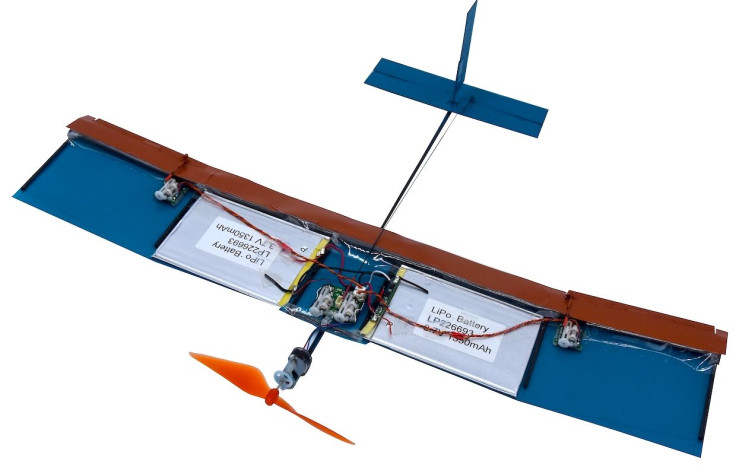Drones Inspired By Bird's Wings May Stay Airborne Longer Than Regular Ones
KEY POINTS
- Microdrones currently don't stay in the air for too long
- The new bird-inspired design may help them stay in the air much longer
- The design has been patented and refinements are being worked on
Drones currently function as multi-use aerial vehicles. Besides military use, drones are also being used in search and rescue operations and are being tested for delivery operations. However, one issue with them replacing existing ways of doing things is their inability to stay airborne for long.
A new design proposed by researchers at Brown University may change that – even tiny drones may be able to stay airborne for long using the new design, inspired by the flapping of bird’s wings.
A study detailing the design was published in the Science Magazine, under the title, “ A Bioinspired Separated Flow wing provides turbulence resilience and aerodynamic efficiency for miniature drones.”
“Small-scale drones have enough sensing and computing power to find use across a growing number of applications. However, flying in the low–Reynolds number regime remains challenging. High sensitivity to atmospheric turbulence compromises vehicle stability and control, and low aerodynamic efficiency limits flight duration. Conventional wing designs have thus far failed to address these two deficiencies simultaneously. Here, we draw inspiration from nature’s small flyers to design a wing with lift generation robust to gusts and freestream turbulence without sacrificing aerodynamic efficiency,” the paper stated.
Large drones stay in the air because they are powered by large batteries, but tiny drones can't stay airborne for long owing to their smaller batteries.
Researchers have developed a tiny drone that weighs just around 3.5 oz (100g) and can stay airborne for around three hours, which is more than four times the duration for a regular drone, providing similar performance.
Regular drones function like airplanes, using propellers to regulate airflow. Instead, the researchers’ drone has a completely flat wing, with a sharp edge. It makes a flapping movement, which lessens the peak aerodynamic efficiency but increases lift by providing a larger wing ratio.
Currently, the model has only been tested in a wind tunnel and a real environment may be the test of how this model performs. The team behind it has patented the design and intends to improve on it.
If it is successful, it may change how we use drones currently.

© Copyright IBTimes 2024. All rights reserved.











